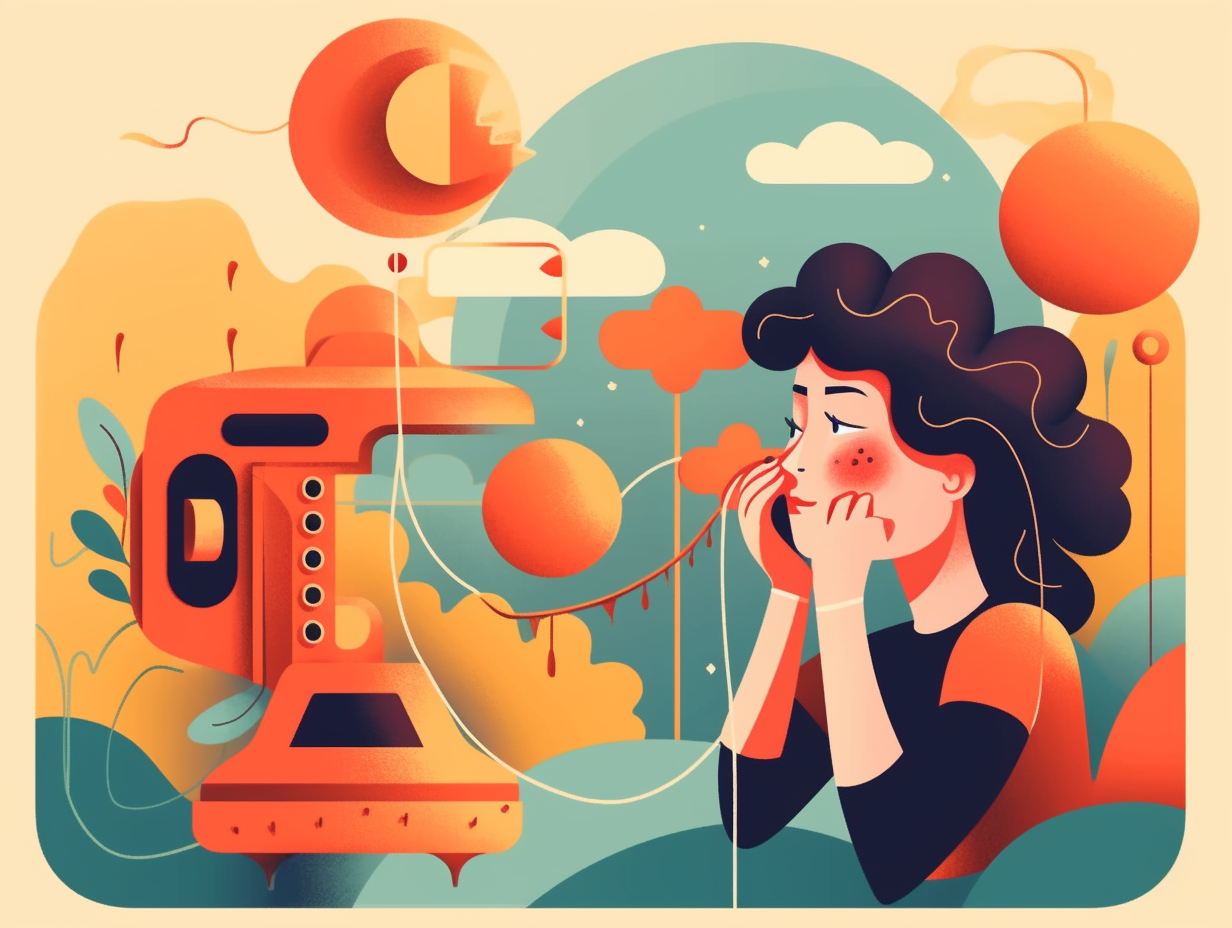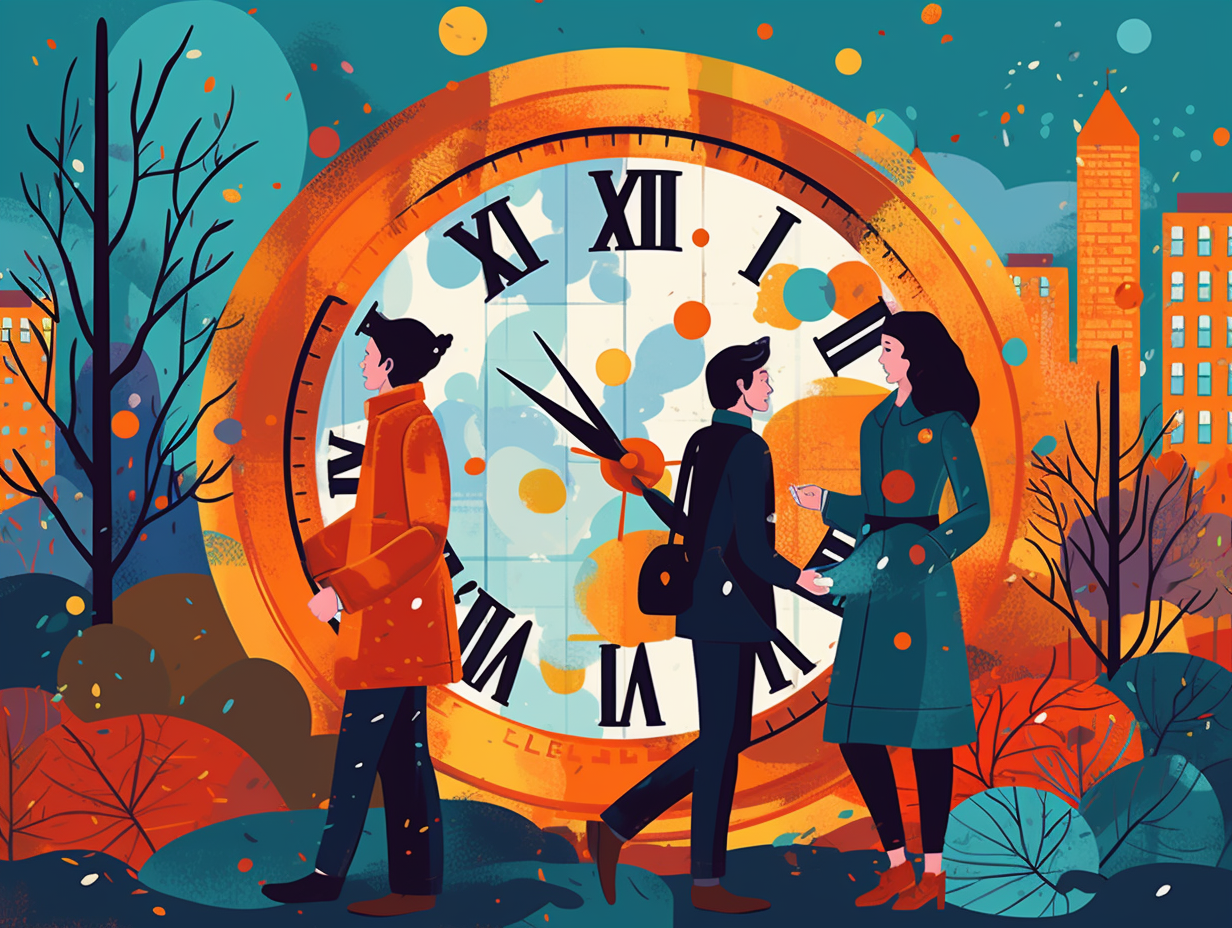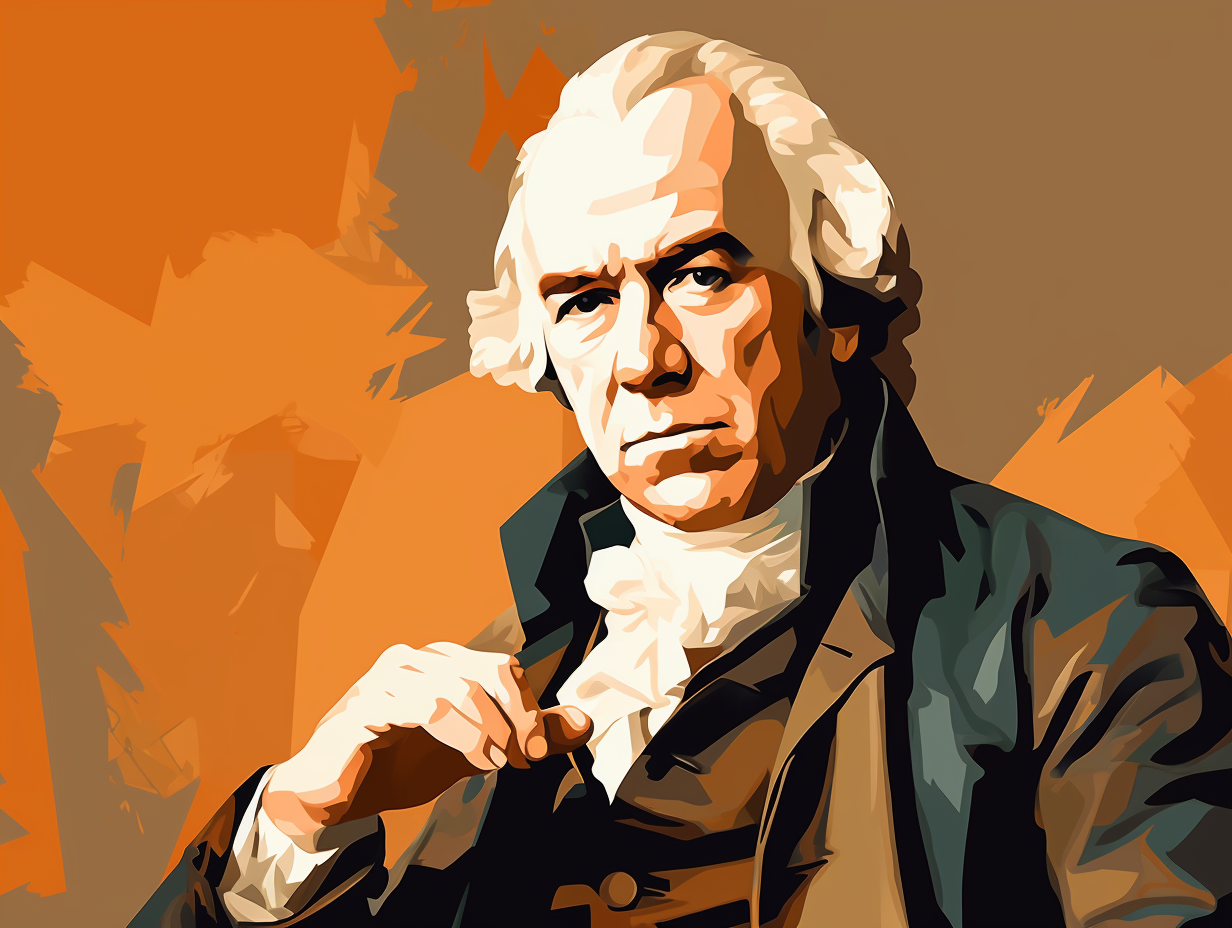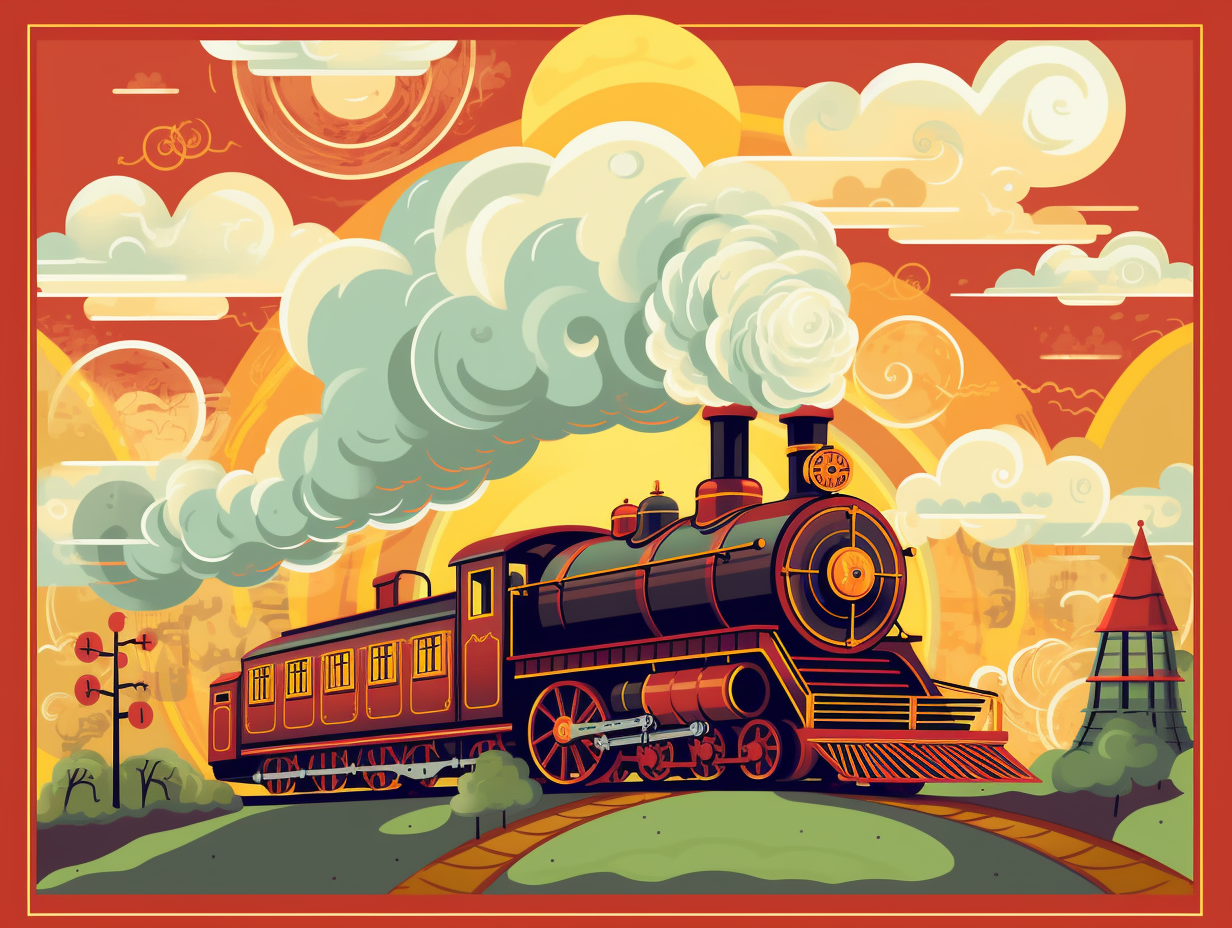Discover 11 Surprising Fun Facts About Accidental Inventions That Changed Our World

1. Slinky's Seafaring Origins
Step aside, Captain Jack Sparrow, there's a new ship-braving hero on the high seas: the Slinky! Born completely by accident, this wobbly wonder was once merely an attempt to stabilize ship equipment by mechanical engineer Richard James. However, fate had other plans when a tumble off a shelf sparked the idea for a whimsical toy: the Slinky. With a borrowed $500 and a coiling machine, Richard and his wife Betty brought the springy sensation to life, selling over 250 million units worldwide since its serendipitous invention in 1945.
Source => museumofplay.org
2. The Truth Behind the Friction Match
Imagine if sneezing could light a fire: that's what they say happened to John Walker, but they're just blowing smoke! In reality, he accidentally stumbled upon the friction match while scraping a chemical-coated stick across his hearth at home: a stroke of luck led to the birth of the first friction match in 1827, and its unpatented nature allowed a sneaky fox named Samuel Jones to copy the idea and launch his own "Lucifers" in 1829, which were pretty much a carbon copy of Walker's revolutionary "Friction Lights".
Source => bbc.co.uk
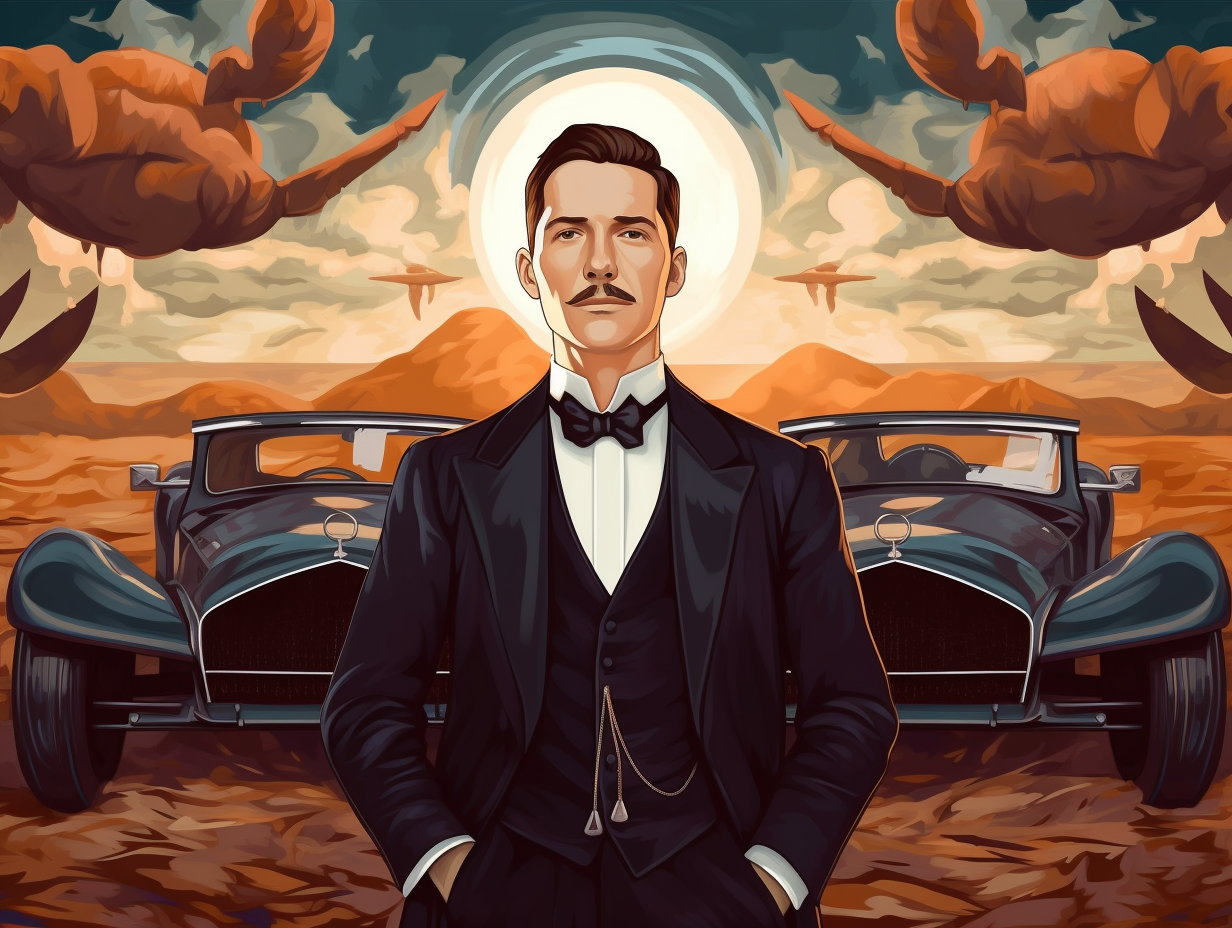
Did you know Tesla is collaborating with Amprius to revolutionize battery technology using silicon nanowires? This innovation could lead to a staggering 500 Wh/kg energy density, paving the way for electric VTOL projects and a sustainable energy future. 🌿⚡🛸
=> Fun Facts about Tesla
3. Penicillin's Potty Production
Talk about "going potty" for science: The team behind the first mass-produced antibiotic, penicillin, found themselves using bedpans, milk churns, food tins, and even bathtubs to store their life-saving broth before custom fermentation vessels were eventually developed.
Source => sciencemuseum.org.uk
4. The Microwave's Popping Beginnings
Talk about a "pop" quiz! Percy Spencer, a self-taught engineer who was busy tinkering with vacuum tubes, stumbled upon an explosive revelation when his snack began popping like 4th of July fireworks thanks to an unexpected magnetron cameo: the magnetic maestro inadvertently laid the foundation for the almighty microwave oven, which had a rocky beginning—ballooning in size and price before shrinking down to grace kitchen countertops and heating up leftovers with electromagnetic aplomb across the globe by 1975.
Source => newenglandhistoricalsociety.com
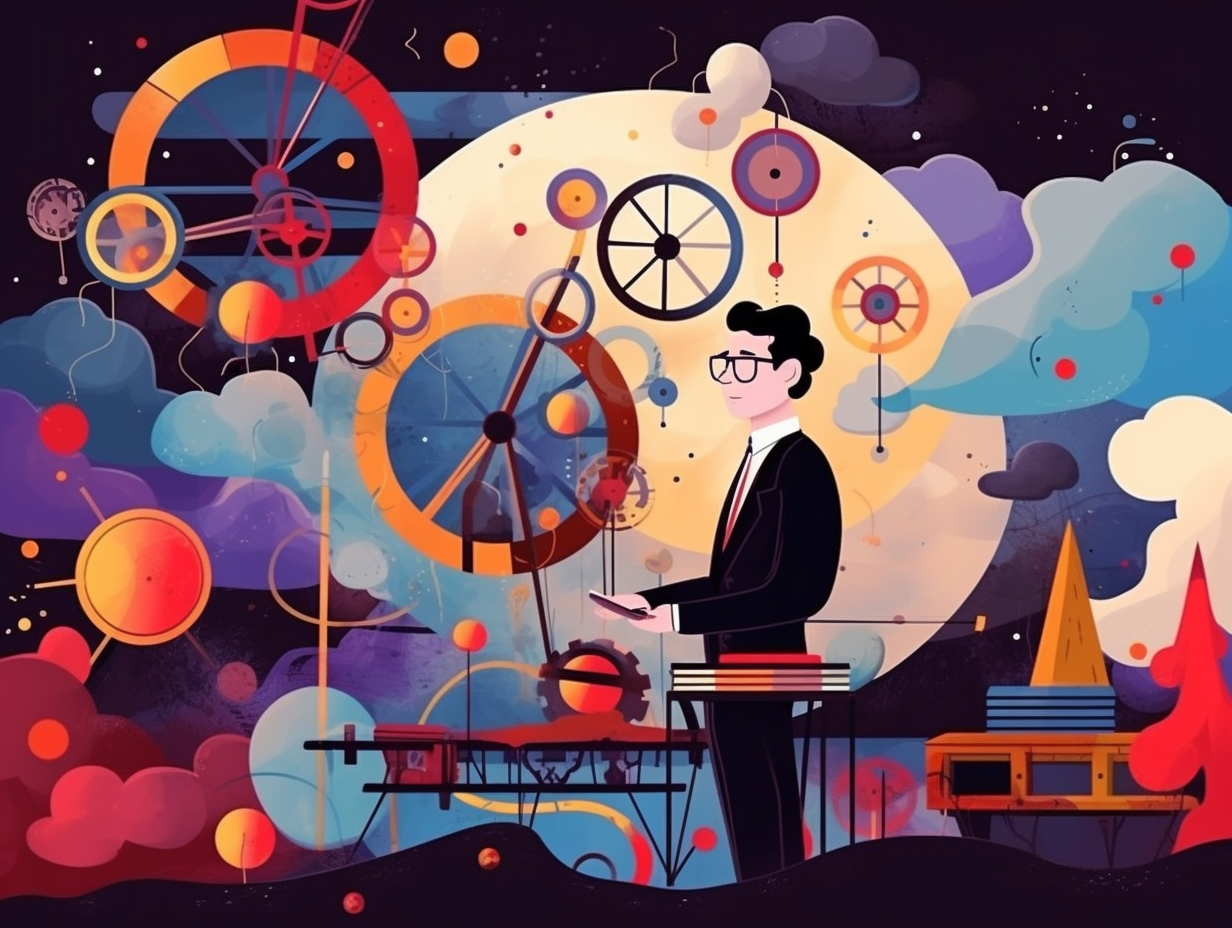
5. Champagne's Bubbly Serendipity
Bubbly beginnings and fizzy mishaps: Champagne's effervescence was actually an accidental delight, discovered when physicist Gerard Liger-Belair noticed hundreds of bubbles bursting every second in his drink, carrying flavor and aroma molecules, ultimately enriching our sipping experience and transforming flat beverages into party favorites.
Source => smithsonianmag.com
6. Silly Putty's Wartime Accident
Not all heroes wear capes and not all inventors mean to create history. Sometimes they just trip, fall, and accidentally stumble upon a slithery toy that would later make history in the expanse of, well, history: Silly Putty was accidentally invented by engineer James Wright while he was attempting to create an inexpensive synthetic rubber during World War II. Instead, he ended up with a weirdly stretchable, bouncable, and surprisingly useful goo that could copy printed material, pick up dirt and lint, and even secure tools in zero gravity – talk about a cosmic surprise!
Source => kidsdiscover.com
7. Super Glue's Sticky History
Who said nothing sticks forever? Love is a fickle thing, but not when it comes to Super Glue, the sticky liaison that binds two broken hearts - or objects: Originally designed to create clear plastic gun sights during World War II, the compound was deemed too sticky and shelved. But Dr. Harry Coover later resurrected it in his quest for heat-resistant jet canopies, ultimately inventing the lifesaving adhesive that even helped hold bleeding soldiers together in the Vietnam War.
Source => militarytimes.com
8. The Birth of Chocolate Chip Cookies
In a world where cookie dough met chocolate and sparks flew like a Nicholas Sparks romance novel: Ruth Wakefield's culinary serendipity led to the delectable invention of the chocolate chip cookie at her Toll House Inn, by adding chopped pieces of a Nestle semi-sweet chocolate bar to her Butter Drop Do cookie recipe and discovering that they didn't fully melt, but instead produced an irresistible blend of melted and solid chocolate morsels.
Source => cnn.com
9. Post-it Notes' Colorful Coincidence
You know what they say - when life hands you lemons, make Post-it® Notes! That's right, the cheeky, sunshine-yellow hue of everyone's favorite sticky note was purely a happy accident: Created in a 3M lab, researchers were aiming for a plain white paper, but a serendipitous lack of white scrap paper left them working with the alluring yellow tone instead - and thus, a stationery legend was born.
Source => post-it.com

10. Coca-Cola's Fizzy Headache Cure
Who knew that mind-blowing headaches could lead to guzzling down bubbly sips of heaven? John Pemberton sure had his head in the right cloud – but let's just say his coke-topped dreams had to fizzle out a bit: In 1886, Coca-Cola's inventor accidentally stumbled upon the soft drink while attempting to concoct a headache remedy using coca leaves and cola nuts, only becoming carbonated and eventually popular due to a lab assistant's mistake. Though initially infused with a dash of cocaine, it wasn't until 1905 that the "real thing" cleared its head completely, finally paving the way for a cherished global beverage.
Source => linkedin.com
11. Beethoven Meets Electricity
Before Beethoven met electricity, a physicist decided to orchestrate some luminous tunes: William Duddell accidentally invented the singing arc in 1899 when he found out that varying the voltage in arc lamps could produce musical notes, leading to the creation of the world's first electronic instrument - one that could serenade without an amplifier and potentially become a radio maestro across London's lighting network.
Source => aps.org
Related Fun Facts


